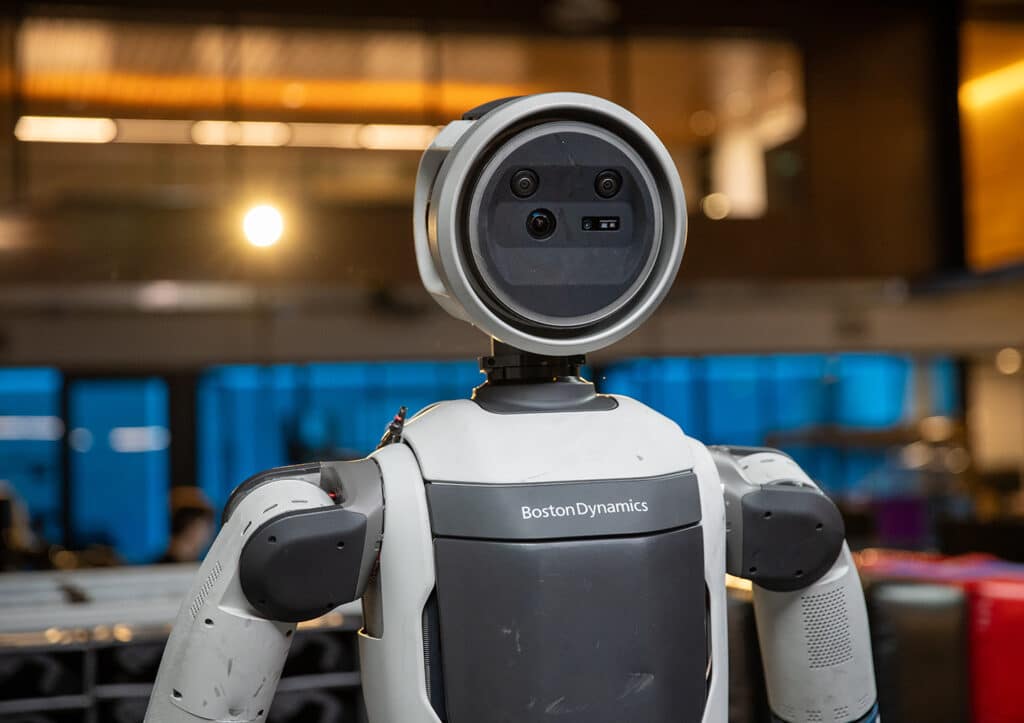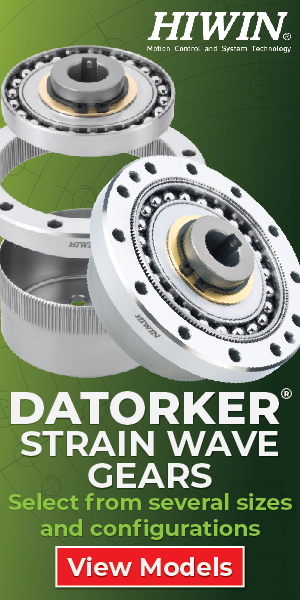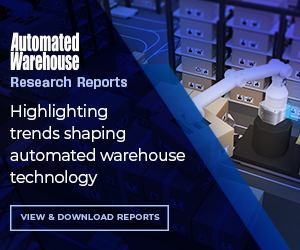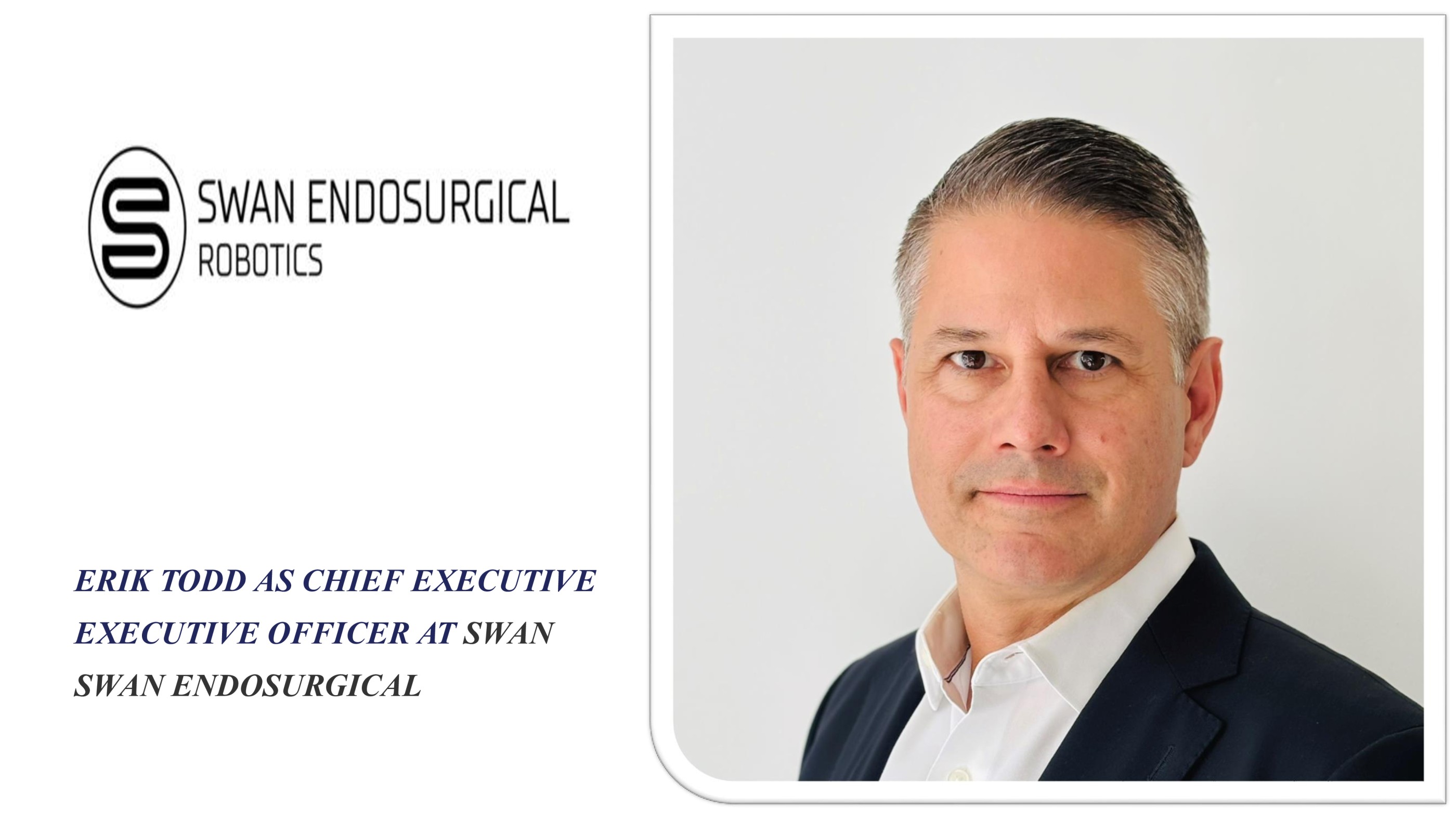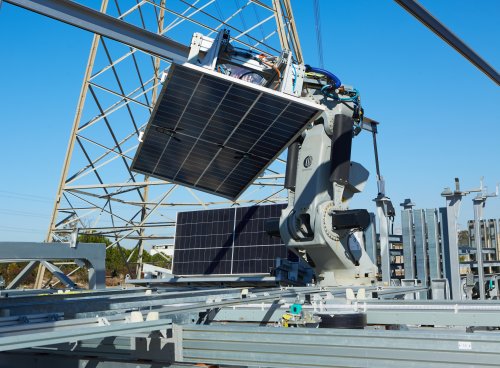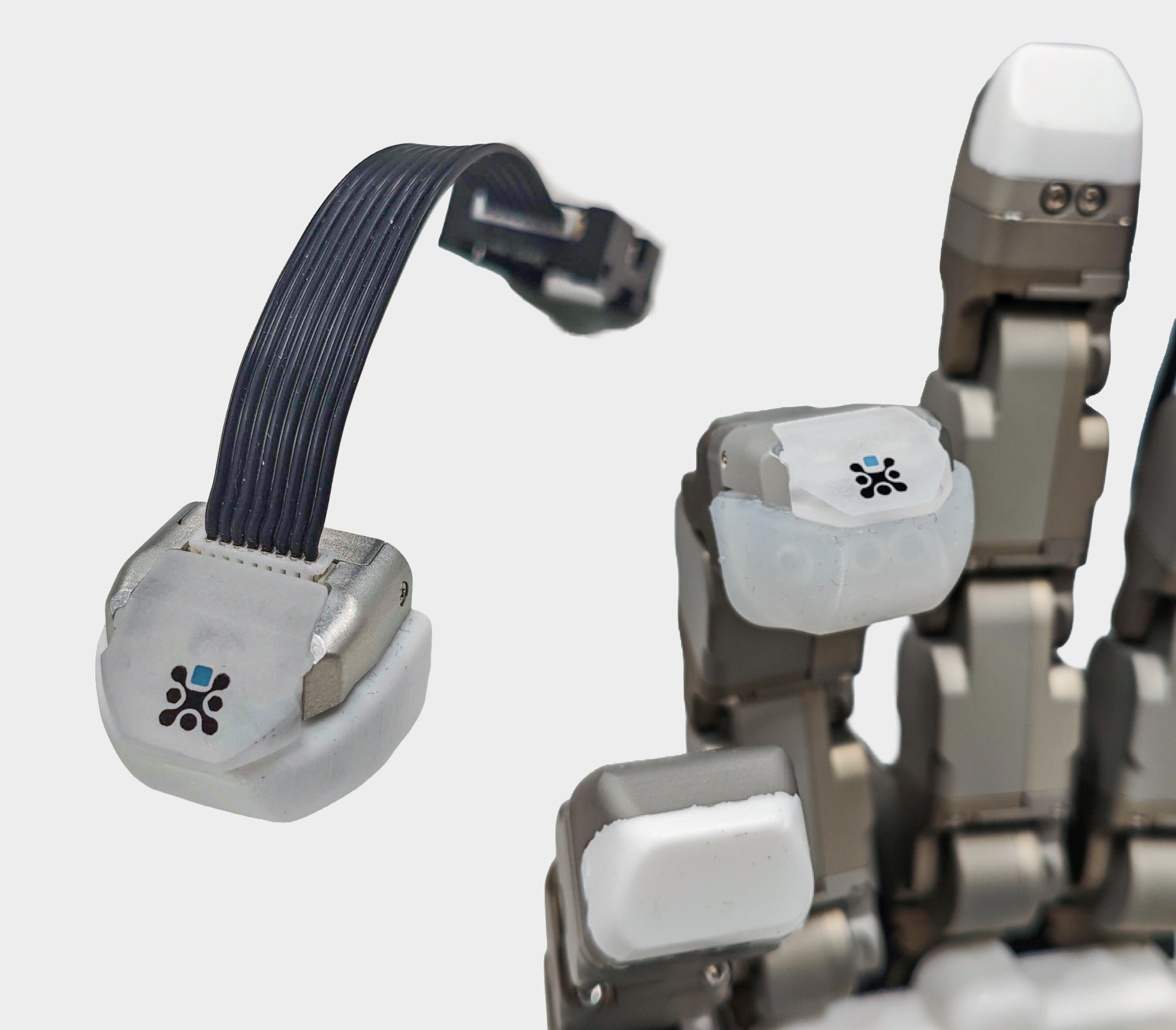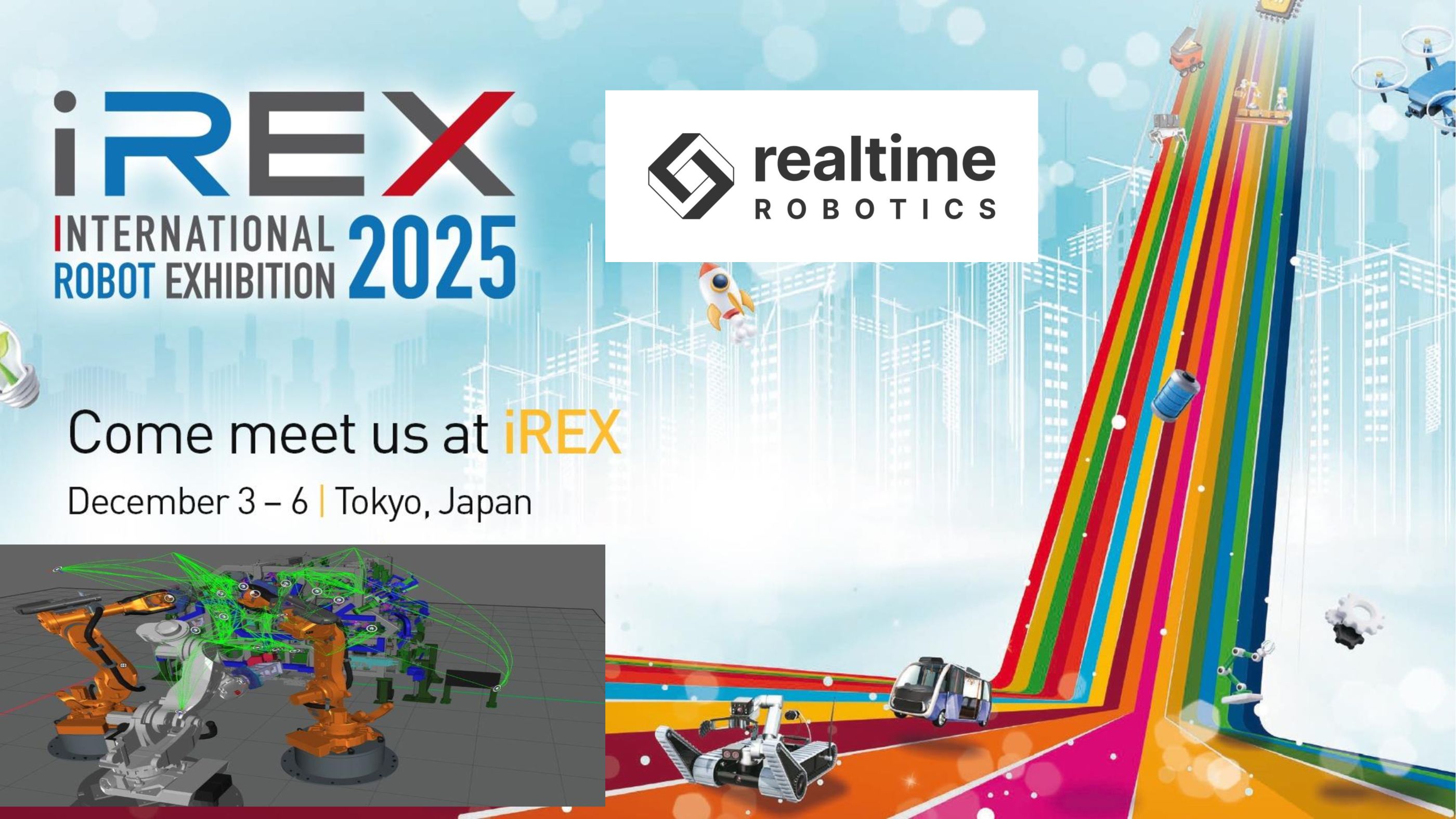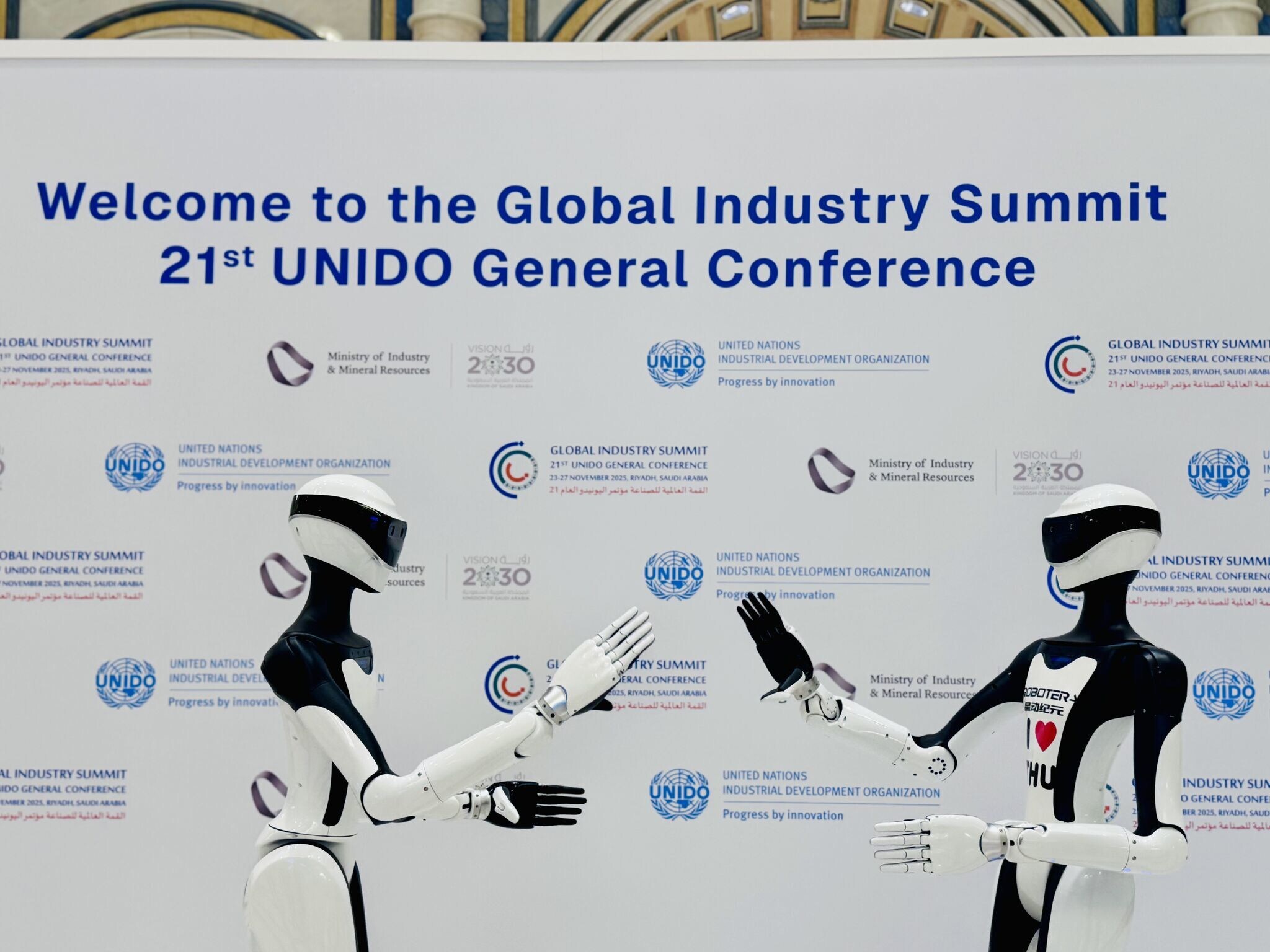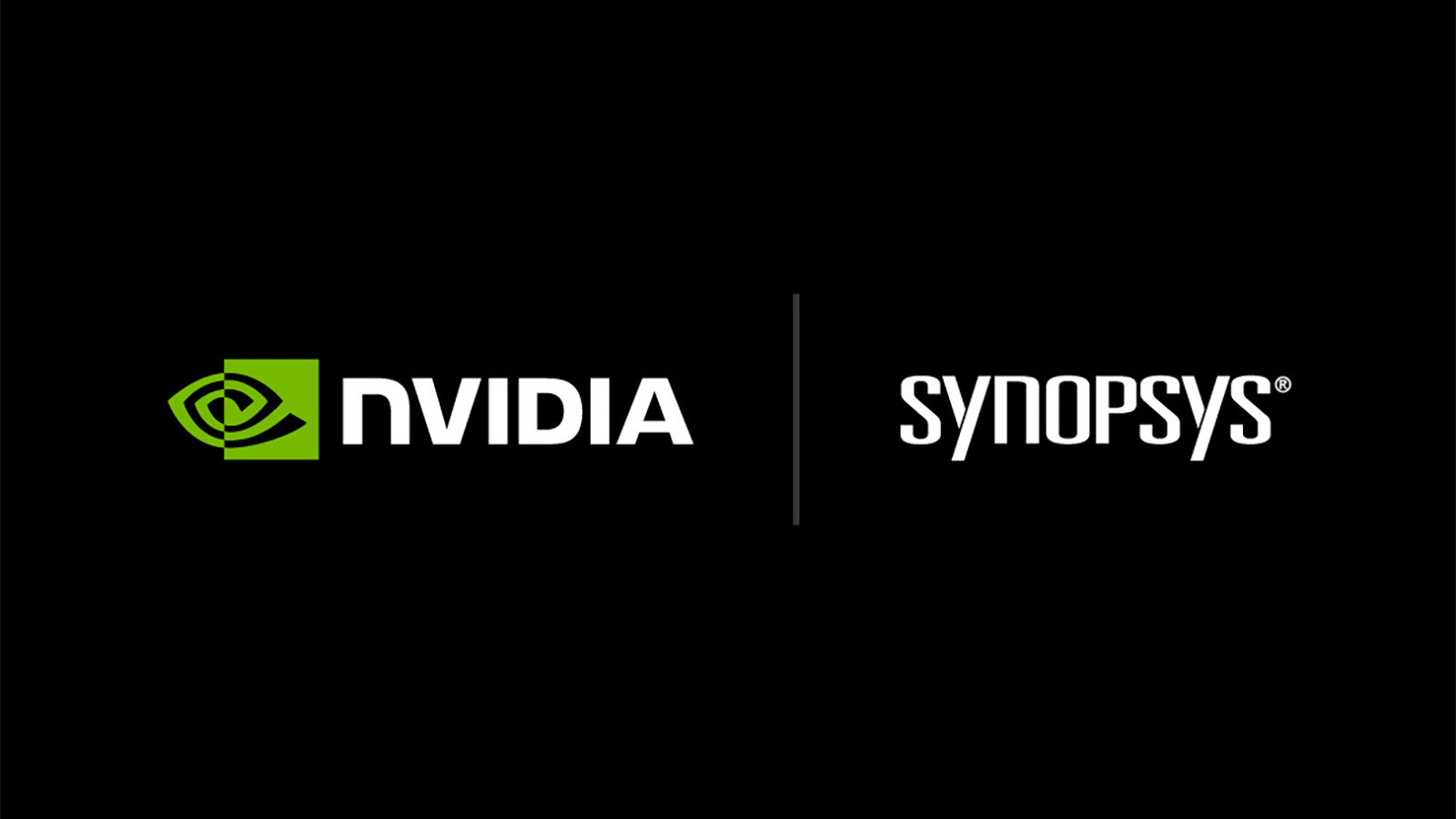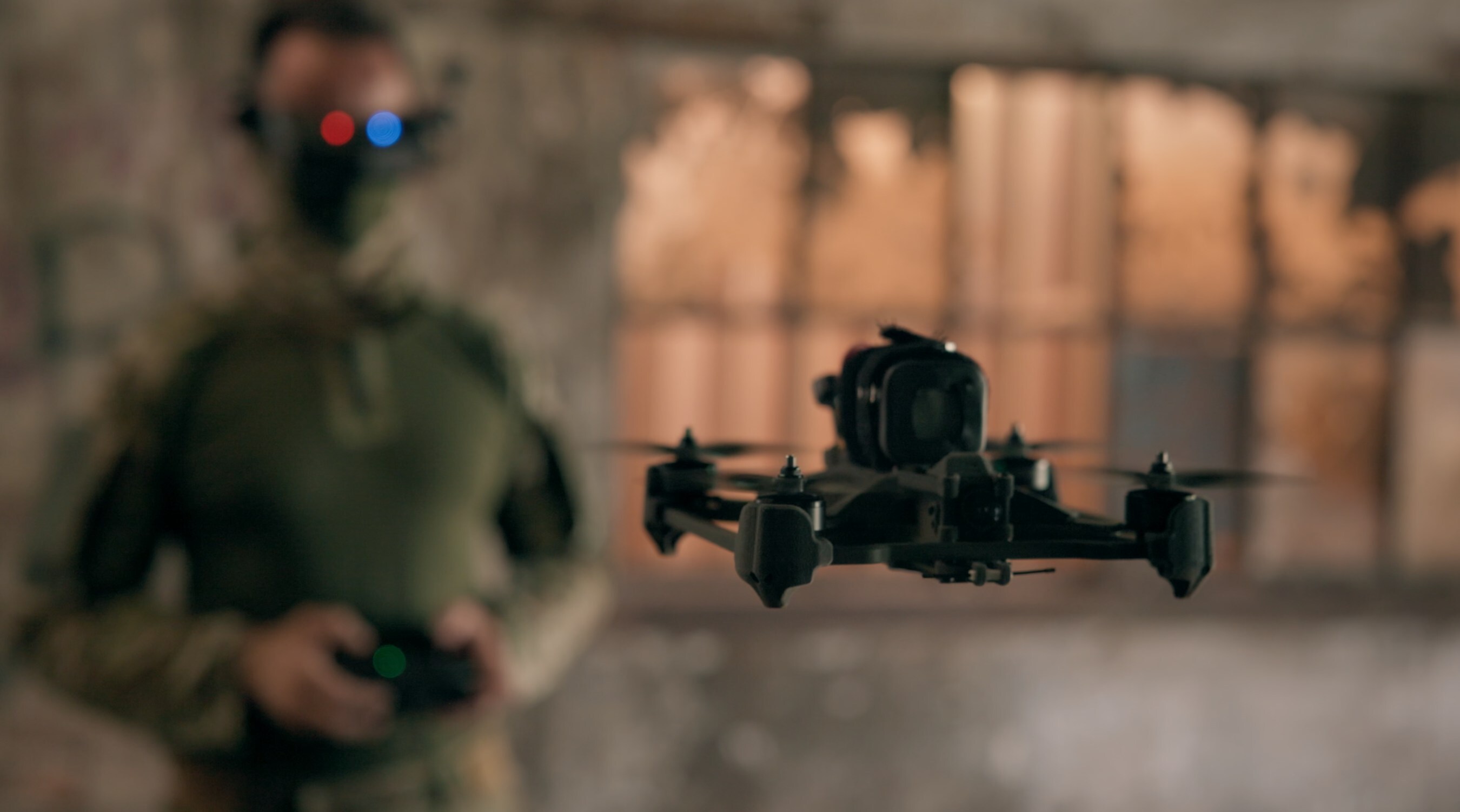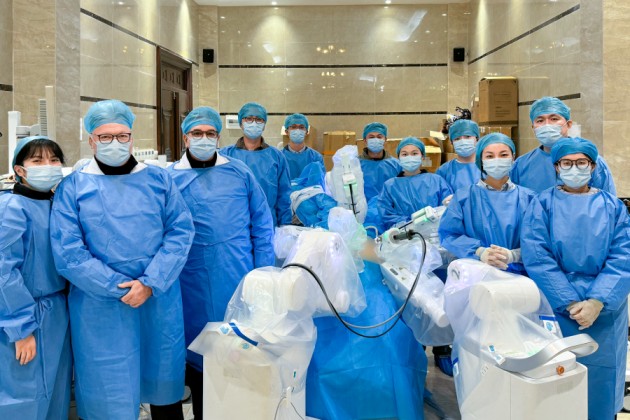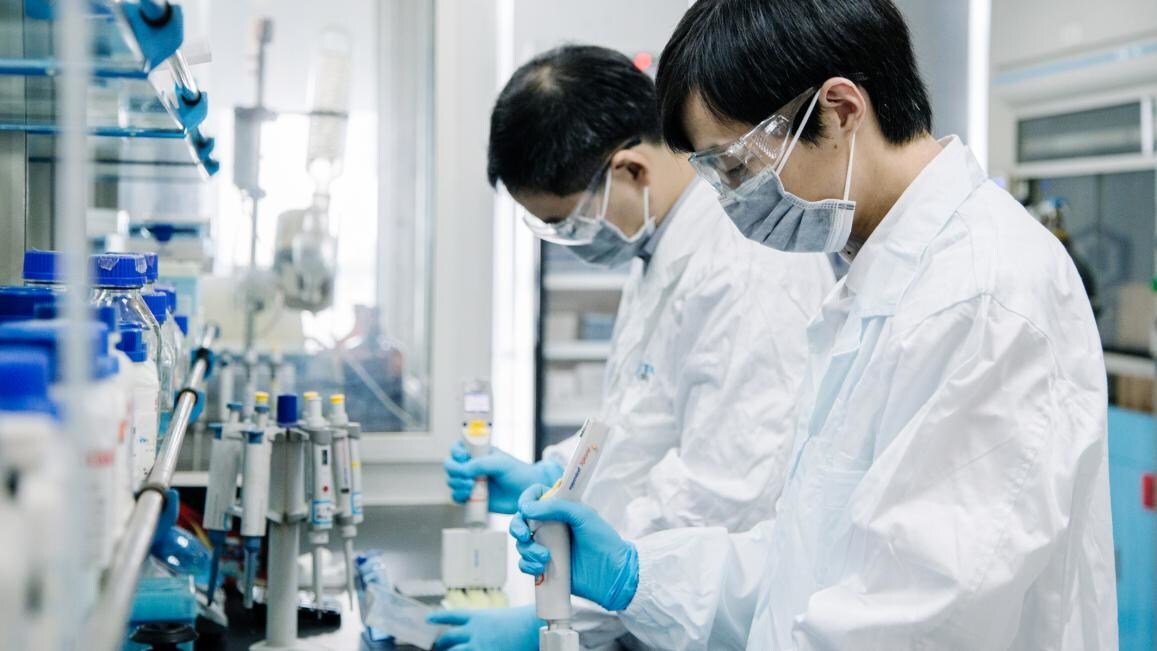Boston Dynamics and NVIDIA Advance AI for Next-Gen Humanoid Robotics
Atlas humanoid integrates NVIDIA Jetson Thor and Isaac Lab to push the boundaries of dexterity, locomotion, and AI-driven autonomy.
Image Courtesy: Public Domain
Boston Dynamics, the global leader in mobile robotics, has expanded its collaboration with NVIDIA to build the next generation of AI capabilities for humanoid robots. As an early adopter of the NVIDIA Isaac GR00T platform, Boston Dynamics’s Atlas robot is leading development of humanoids using the NVIDIA Jetson Thor computing platform.
The compact size, high performance and efficiency of Jetson Thor enables Atlas to run complex, multimodal AI models that work seamlessly with Boston Dynamics’ whole-body and manipulation controllers. Developers at Boston Dynamics and its research partners are also making rapid breakthroughs in learned dexterity and locomotion AI policies using Isaac Lab, an open-source, modular framework for robot learning in physically accurate virtual environments, which is built on NVIDIA Isaac Sim and NVIDIA Omniverse technologies. The two companies are collaborating to define key platform parameters including functional safety and security architectures, as well as key learning and computer vision pipelines using NVIDIA’s training and simulation platforms.
“Robots are the bridge between simulation and the real world,” said Aaron Saunders, Chief Technology Officer at Boston Dynamics. “With the current generation of our electric Atlas, we are building the world’s most capable humanoid, and collaborating with NVIDIA to integrate Jetson Thor means that robot now has the highest performance compute platform behind it. Isaac lab is allowing us to develop state of the art AI capabilities, and the early results are exciting.”
In addition to the ongoing work on Atlas, Boston Dynamics has also continued introducing new AI capabilities for Spot, the company’s flagship quadruped, and Orbit, its robot fleet management and data analysis software. New RL tools are improving the robot’s locomotion control and advanced foundation models are helping the robot avoid specific kinds of hazards that might appear in its path.
Aaron Saunders will speak at NVIDIA GTC 2025 and explore the current state of humanoid robotics with a panel of industry leaders on Wednesday, March 19.


